How to choose cooling chiller in die casting: Consider cooling capacity, temperature precision, and machine compatibility.
In die casting, mold temperature control associate with product quality, productivity, and efficiency.Getting the Right Cooling Chiller With The Right Die-Casting Machine.
Chillers support these functions through accurate mold temperature control.
An appropriate chiller can optimize mold life, help achieve cycle time objectives, and overcome defect issues.
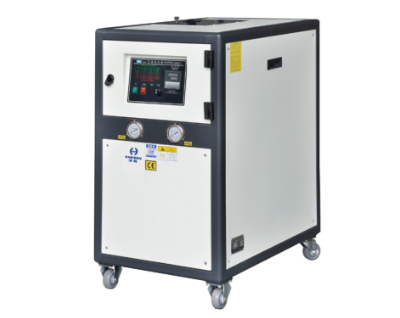
The Critical Role of Cooling Chillers in Die Casting
Chillers are consider critical auxiliary machinery in die casting operations. Their functionality is essential in determining product quality and efficiency and controlling production costs.
- Temperature Precision Control
- Production Efficiency Improvement
- Equipment Life Extension
Temperature Precision Control
Defects in castings such as shrinkage cavities, aluminum adhesion, and surface roughness are due to temp fluctuations in the die. Chillers maintain the cooling water temperature to within ±1°C, thus, guaranteeing the die is kept at the optimal working temperature (180–250°C for aluminum alloys) during the die casting process.
Production Efficiency Improvement
Chillers are to maintain the needed temperature for cooling water (5-25°C), accelerates casting cooling, and reduces cycle time and the time spent in the die. Effective cooling reduces the scrap rate by 15-20% and increases production capacity by 25% as revealed in the case studies.
Equipment Life Extension
Controlled cooling reduces the thermal stresses in the die which lead to steel annealing, microcracking, and high temp (300°C) stick resistant leading to extension of the die life of over 40.
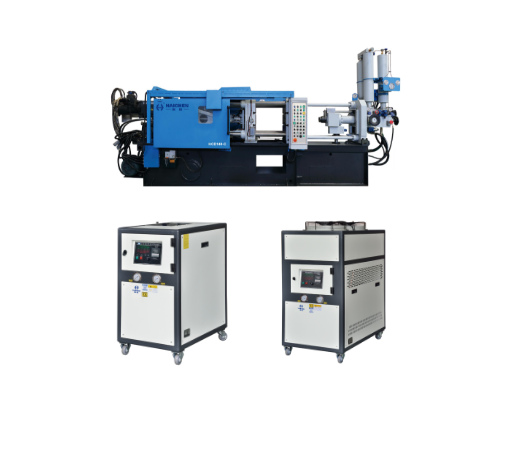
Key Considerations For Cooling Chillers
When selecting a cooling chiller for die casting, the following should be given special consideration:
- Cooling Capacity: It should not exceed or fall short of the thermal load for your die casting process.
- Temperature Control Precision: Look for overall variability of ±1°C for achieving precision.
- Flow Rate: Maintain adequate level of coolant flow to allow for effective cooling.
- Energy Usage: Lower power consumption is possible with variable speed compressors.
Types of Chillers
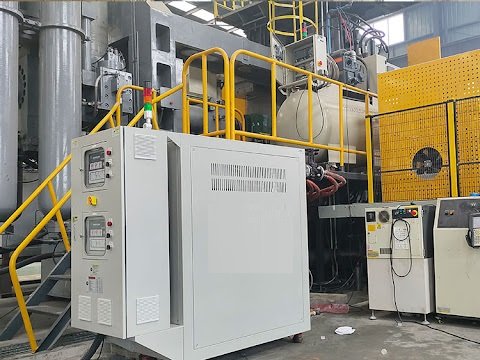
The following are types of chillers used in die casting:
- Air-Cooled Chillers
- Water-Cooled Chillers
| Type | Advantages | Disadvantages | Applicable scenarios |
| Air-cooled | Easy to install, no external water tower required | Efficiency decreases on hot days | Small equipment, limited space workshops |
| Water-cooled | Strong cooling, suitable for continuous production | Requires cooling tower, high initial cost | Large die-casting machines, high-temperature workshops |
Integration with Die Casting Machines
The chiller models you have in stock, aligns with your die casting machine specifications. Check interface dimensions.
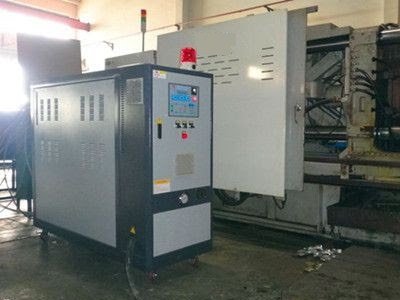
Maintenance and Lifespan
The chiller requires regular maintenance, and an advanced design that resists corrosion, has easily serviced parts, and features automatic fault alarms. A die casting industry requires strong construction chillers that will perform their operations under severe conditions.
HAICHEN: Your Reliable Partner
HAICHEN is a die casting machine manufacturer that equally specializes in producing high-performance auxiliary equipment. We manufacture customized chillers, configured for perfect integration with HAICHEN die casting machines to ensure efficient temperature management and energy savings. Given our extensive experience, we are able to provide customized chiller solutions that are based on your production needs.
The core design philosophy of Haichen chillers
The design of Haichen chillers begins with a precise analysis of the heat flow in die-casting molds. Its core philosophy is to provide a stable, precisely temperature-controlled, high-flow-rate cooling water to cope with the severe transient thermal shocks to the mold surface during the die-casting cycle. Haichen chillers typically employ industrial-grade compressors, high-efficiency shell-and-tube evaporators and condensers, and integrate a large-capacity chilled water tank to ensure minimal water temperature fluctuations (controllable within ±1°C) under peak heat loads during injection. This stability is fundamental to reducing thermal deformation of castings and stabilizing production cycles.
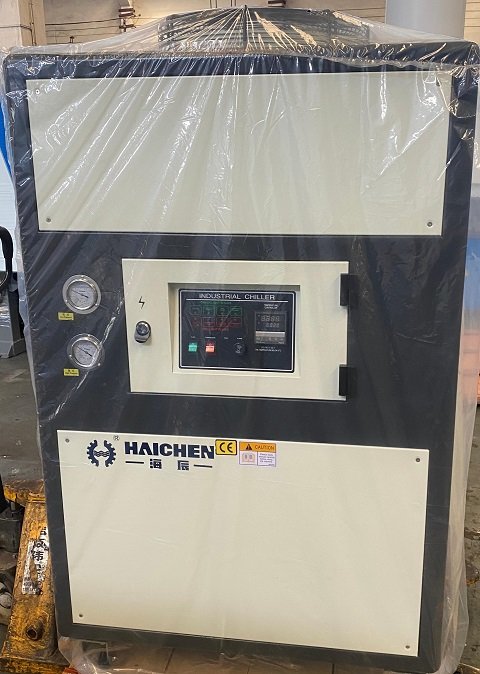
Strategic selection of operational costs and quality is set on the balance of a cooling chiller. The selection of cooling chiller in die casting requires a thorough assessment of the precision, capacity and compatibility of the cooling system to ensure uninterrupted production.



